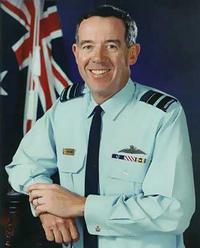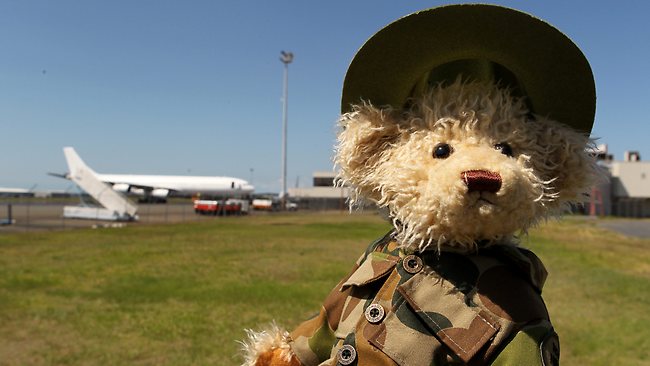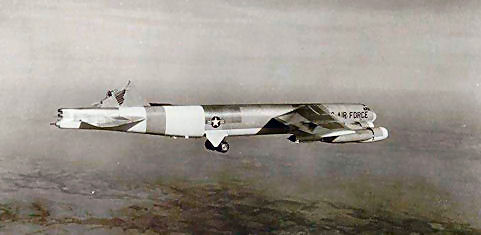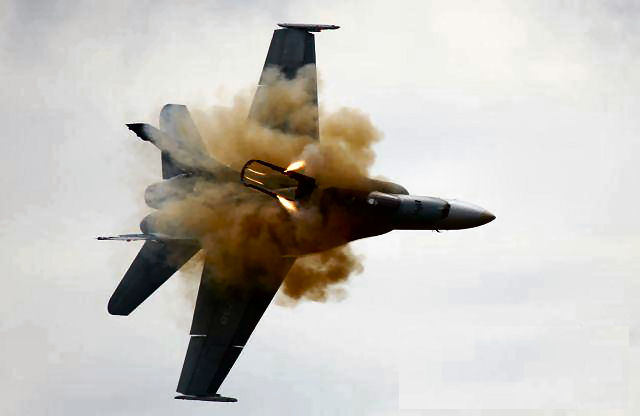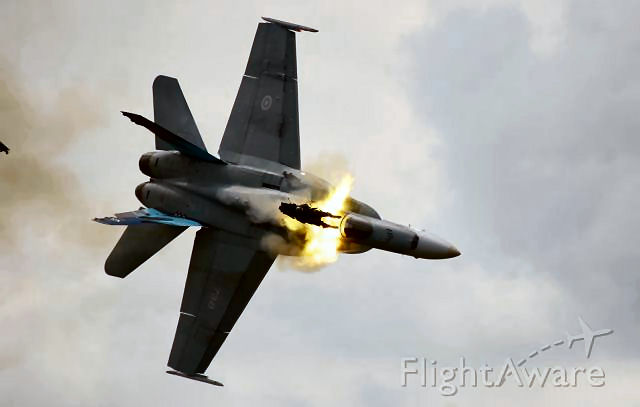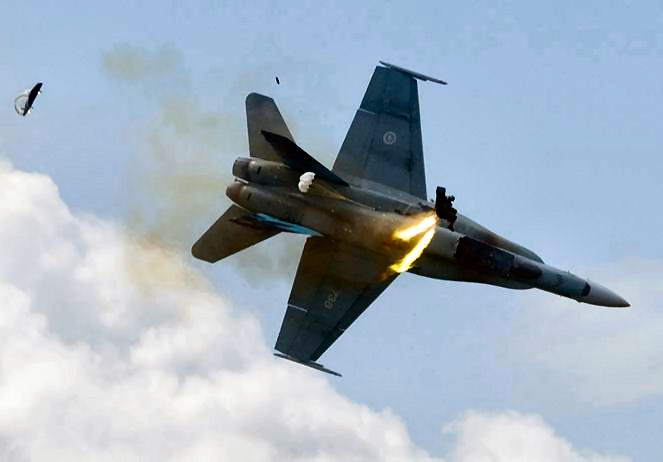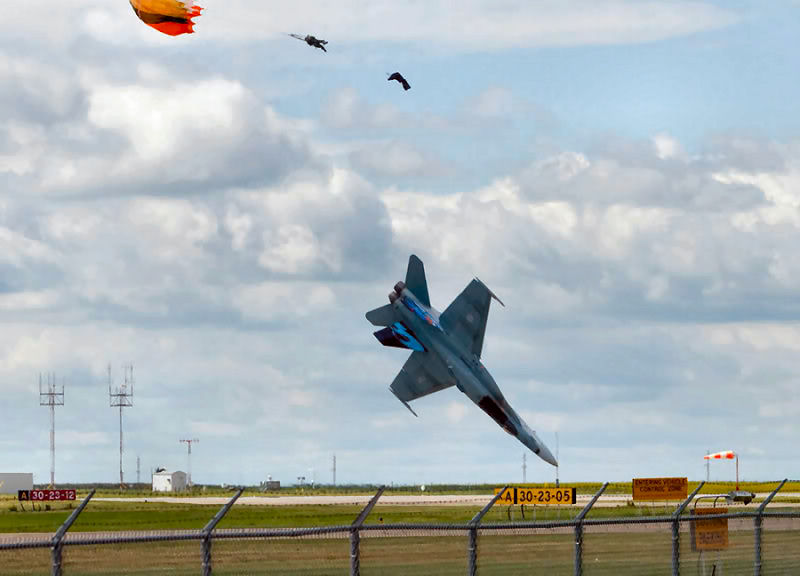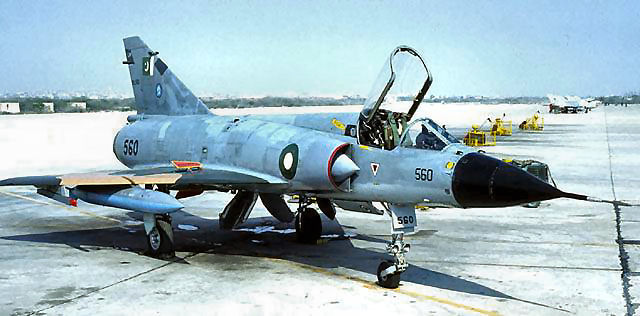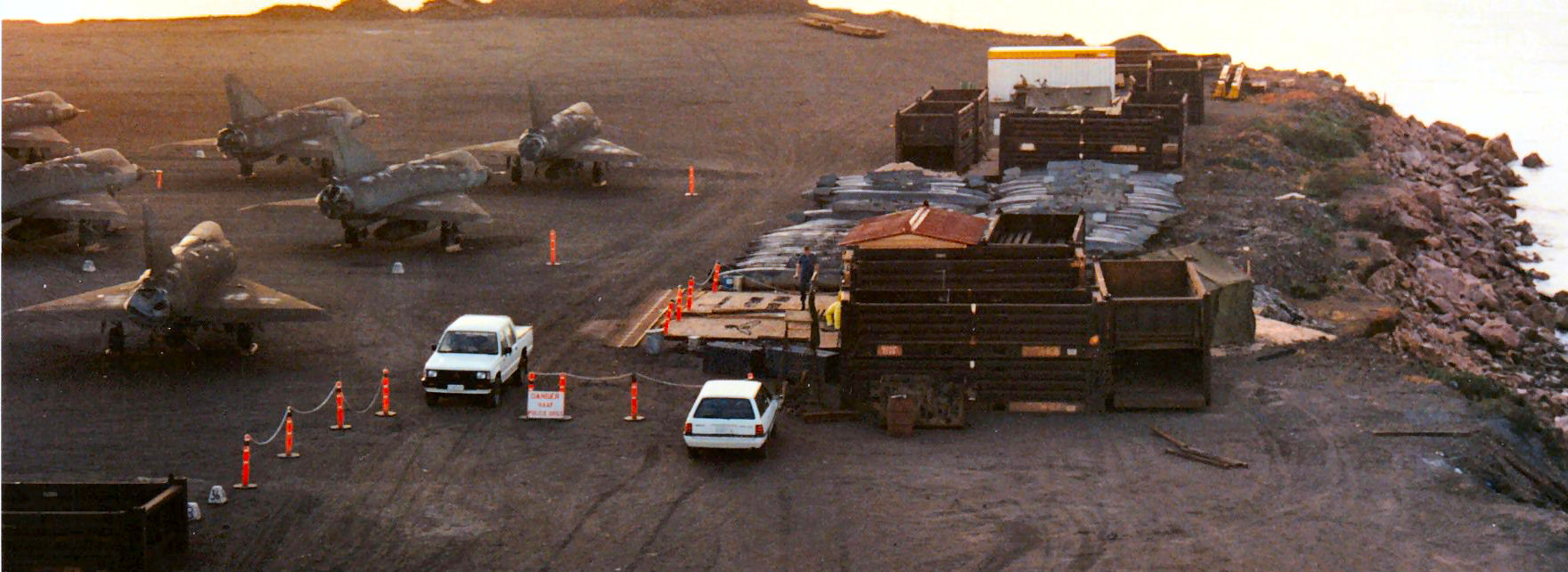|
Radschool Association Magazine - Vol 37 Page 14 |
|
|
Privacy Policy | Editorial Policy | Profit Policy | Join the Association | List of Members | Contact us | Index | Links |
|
|
DFRDB.
Since our last edition, the issue of DFRB/DFRDB was once again, (and by a long shot), the hottest topic in our mail.
Normally this is good. This means that people are starting to get angry and are talking and normally when a lot of angry people talk and get angry, politicians listen – or the smart ones do. But who is getting angry?
The Government endorsed the four recommendations of the Matthews Report into the indexation of Military and other Commonwealth Superannuation. This means that those on Military Superannuation pensions remain disadvantaged by continuing to have their superannuation pensions indexed by the Consumer Price Index (CPI), whereas welfare and Age Pensions are indexed at a higher rate (the greater of CPI or Pensioner and Beneficiary Living Cost Index (PBLCI) or Male Total Average Weekly Earnings (MTAWE)). Pre-2004 MP‘s and High Court Judges pensions are wage based indexed to the salaries of serving backbench MP.
In the period 1989 to 2008,
· Military superannuation pensions rose by 68%, · Age Pensions rose by 110% · Retired MP’s pensions rose by 131%!
The reason pensions are indexed is to maintain the purchasing power of the pension. Until 1997, the CPI was considered the relevant index but the Australian Bureau of Statistics (ABS) concluded that the tight relationship between movements in the CPI and wage and salary adjustments no longer existed. In 2001, the ABS said that “CPI is no longer a measure of the cost of living.”
In 1997 the Howard Lib/NP Government acted to maintain the purchasing power of Age and other welfare pensions by changing the indexation factor to CPI or MTAWE whichever was the greater. In 2009, the Rudd Labor Government included another index factor, the New Pensionary and Beneficiary Living Cost Index (PBLCI). Nothing however has been done for Military Superannuants, even though six parliamentary inquiries recommended a form of wage based indexation.
The Chair of the 2008 multi-party 'Senate Inquiry on the Effect of Cost of Living Increases on older Australians said “It is hard to explain to Commonwealth superannuants why their pensions, to which they contributed during their working life, should fall behind the pension increases of those who have generally not made provision for their retirement”.
Earlier in the year, the Parliament had the opportunity to resolve the issue when the Lib/NP Coalition introduced the Defence Force Retirement and Death Benefits Amendment (Fair Indexation) Bill 2010 but Labor, Greens and Senator Xenophon voted against it in the Senate.
The question has to be asked …. WHY??
When in opposition, Labor trumpeted the notion that if/when they were elected to power, they would set things right. Now that they are the Government they won’t.
When in Government, the Lib/NP wouldn’t have a bar of fixing the problem but now that they are in opposition, they want to push it with both hands.
Both major parties want to do the right thing when in Opposition, but not when they get to government. They make warm and cuddly promises in opposition which they conveniently dump when elected to power. It seems that neither can be trusted.
So what do we do??
Because of the way the system works, the only thing a politician really cares about is votes. Unless they get enough votes they aren’t a politician – it’s as simple as that. It’s a numbers thing. Because of this, they are pretty good at reading the wind, they keep a very close eye on public opinion and if it looks like enough of the public wants something bad enough, the politician will usually give it to them. They also look for “Mother-in-Law” events in which they can become involved as these usually get publicity and make them look good, caring leaders.
This is where the problem really is – without the general public’s involvement, and at the moment we don't feel the public is involved, there just aren’t enough ex-service men and women affected by this DFRB/DFRDB thing to worry the politicians or to effect voting one way or the other. We read somewhere that there are about 65,000 ex-Service men and women relying on DFRB/DFRDB on which to exist. If every affected ex-service man/woman voted for the “Free Beer on Sundays” party (ie: not for Labor or Lib/NP) it wouldn’t make that much of a difference, either the Labor or the Lib/NP would still be elected. What is needed is for the Ex-service community to get the general public behind them and thus make the politicians take notice.
Andrew Wilkie seems to be onside, you can see his recent speech to Parliament HERE, but it is going to need more than one independent politician to change the way Parliament looks at the current situation.
It seems to us that at the moment, the message is being preached to the converted. It is brought up at RSL meetings, ex-service reunions, is distributed via email by ex-service people to other ex-service people etc, but these people are already aware of the problem and have been so for years, nothing is done to fix the problem and the politicians still get elected.
Perhaps more resources
should be directed at getting the message to the Public who don’t know
and really don’t care too much about the plight of ex-service men/woman.
They very much care about old age pensions because one day they will be
one so naturally that’s where the money goes.
Peter Criss, a retired Air Vice Marshall, is leading the charge to try and get equitable retirement benefits for all ex-servicemen and women. Recently he was interviewed by Jason Morrison on Radio 2UE in Sydney (you can hear it HERE) and on 4BC by Greg Carey (you can hear that HERE), and that's good. He has also released a very good video about the widow of an F111 pilot who was killed in an accident some years ago (you can see that HERE). This video highlights the discrimination and unfairness faced by spouses of those who have served.
The people who released the video say it allows the Defence family to tell their individual stories and in doing so, add a human dimension to the campaign – but tell it to whom??
Another organization that is active in trying to obtain equitable and deserved financial retirement benefits for the ex-service community is the “Fair Go” team which is part of the Defence Force Welfare Association (DFWA) (See HERE). Fair Go is led by Ray Gibson, David Jamison and Ted Chitham MC OAM, a retired Lieutenant Colonel, who is also the President of the RAR Association Qld.
If you are one of the affected ex-service people who are looking for equitable retirement benefits, you should join and support the DFWA. If you want something done you have to help and you can do that by joining, they need your moral and financial support. You can join by completing the Volunteer Box at www.standto.org after which they we will contact you.
You can read the DFWA’s latest submission to the Government HERE.
We’re not trying to tell them how to suck eggs, nor are we in a position to criticize those that are working hard on the problem, but we think that nothing will change until/unless the public gets behind the campaign and they won't unless the media gets behind it. The media likes nothing more than a controversial stunt(s), give them one and they will run with it. The media needs to make this campaign theirs.
Politicians love being seen with the big stuff in the media, they’ll walk a mile to be photographed on a ship, or in a tank, or in an aircraft and they will push each other out of the way to stand and say nice condescending words when a service man or woman gets injured. This is when they should be ambushed, this is where the media can make a huge difference to the campaign. If, at one of these occasions, the PM or Defence Minister or other senior Polly could be asked to publicly explain why ex-service men and women are treated so unfairly when asked to give so much, they would be embarrassed – and there is nothing a Polly hates more than being embarrassed in public. If done once by one section of the media, another will run with it, the campaign will feed on itself.
This is a very mercenary and opportunistic approach but perhaps it’s time to try something different.
Perhaps!!
Please let us know what you think.
|
|
|
Just been to the gym. They've got a new machine in. Only used it for half an hour as I started to feel sick. It's great though. It does everything - Kit Kats, Mars Bars, Snickers, Crisps, the lot..
|
|
|
Teddy Bears.
This story appeared in Brisbane’s Sunday Mail on the 13th November. This is a classic example of what we were talking about above, this is a classic “Stunt” or a “Mother-in-Law” event. It doesn’t do anything but get the Government good publicity, gives the reader a warm fuzzy feeling and gets them talking.
“The Australian Defence Force has ordered 24,000 "army bears" (similar to the one at right) to be delivered over the next two years to children of Defence Force personnel.
However, the contract for the plush toys is far from a teddy bears picnic, with the winning bid facing high-level security clearances. The contract advises: "Tenderers must deliver sample bears, one per service (Army, Navy, Air Force) for examination and qualitative evaluation."
Queensland Senator Barnaby Joyce has warned the bears could be bugged by countries trying to learn state secrets. Senator Joyce said even though the bears seemed harmless, he understood the need for strict security, especially if they were made in China or another country.
"You want to be careful with what you would give to our Defence Force personnel," Senator Joyce said. He said there was a need to ensure the bears were not "bugged" or toxic to children. While a Defence Force spokeswoman refused to reveal the cost of the tender, it is likely to be many thousands of dollars. She said the teddy bears did not have to be made in Australia. Twelve thousand will be required each year over two years.
"Cost will be determined by the tender process. In line with the Australian Government's procurement guidelines, a decision based on value for money will be made," she said. "This program is a way of assisting the children to remain connected to their military parent during long absences (and) the distribution of bears increases the morale of serving members and provides a level of Tiny teddies in national security risk. |
|
|
The B52.
Peter F Ralph The 10th January, 1964, started out as a typical day for the flight test group at Boeing's Wichita plant. Pilot Chuck Fisher took off in a B-52H with a three-man Boeing crew, flying a low-level profile to obtain structural data.
Over Colorado, cruising 500 feet above the mountainous terrain, the B-52 encountered some turbulence. Fisher climbed to 14,300 feet looking for smoother air. At this point the typical day ended. The bomber flew into clear-air turbulence. It felt as if the plane had been placed in a giant high-speed elevator, shoved up and down and hit by a heavy blow on its right side.
Fisher told the crew to prepare to abandon the plane. He slowed the aircraft and dropped to about 5,000 feet to make it easier to bail out.
But then Fisher regained some control. He climbed slowly to 16,000 feet to put some safety room between the plane and the ground. He informed Wichita about what was happening. Although control was difficult, Fisher said he believed he could get the plane back in one piece.
Response to the situation at Wichita, and elsewhere, was immediate. An emergency control center was set up in the office of Wichita 's director of flight test. Key Boeing engineers and other specialists were summoned to provide their expertise. Federal Aviation Administration air traffic control centers at Denver and Kansas City cleared the air around the troubled plane. A Strategic Air Command B-52 in the area maintained radio contact with the crew of the Wichita B-52.
As Fisher got closer to Wichita, a Boeing chase plane flew up to meet him and to visually report the damage. When Dale Felix, flying an F-100 fighter, came alongside Fisher's B-52, he couldn't believe what he saw: The B-52's vertical tail was gone.
Felix broke the news to Fisher and those gathered in the control center. There was no panic. Everyone on the plane and in the control center knew they could be called upon at any time for just such a situation. In the emergency control center, the engineers began making calculations and suggesting the best way to get the plane down safely. The Air Force was also lending assistance. A B-52, just taking off for a routine flight, was used to test the various flight configurations suggested by the specialists before Fisher had to try them.
As high gusty winds rolled into Wichita, the decision was made to divert the B-52 to Blytheville Air Force Base in Northeastern Arkansas. Boeing specialists from the emergency control center took off in a KC-135 and accompanied Fisher to Blytheville, serving as an airborne control center.
Six hours after the incident first occurred, Fisher and his crew brought in the damaged B-52 for a safe landing. "I'm very proud of this crew and this airplane," Fisher said. "Also we had a lot of people helping us, and we're very thankful for that." The B-52, Fisher said, "Is the finest airplane I ever flew."
|
|
|
Prince William says he doesn't want the traditional fruit cake at his wedding. Prince Phillip says he doesn't give a damn, he's going anyway.
|
|
|
F18 Accident.
Laurie Lindsay Back in July 2010, a Canadian Air Force pilot was able to eject at the last minute when his CF18 Hornet ran out of noise and crashed during an air show practice in Calgary, Canada. The pilot, Captain Brian Bews, survived the jet crash although ejecting at low altitude, just seconds before his aircraft nose-dived into the ground and exploded on impact. The pilot was only 30 meters from the ground when he ejected and luckily landed just outside the flames from the explosion. The 36-year-old Bews, who was a very experienced pilot, was practicing at a local airport to perform at the Alberta International Air Show.
A private pilot, who witnessed the accident, said “the aircraft flew over me at probably 100 to 200 feet then it looked like it lost power from the right engine. There was only one afterburner ignited and the aircraft looked like it was about to stall. I knew what was going to happen, he wasn't going to make it out of this one."
It is interesting to look at the photos below. In the first photo, you can see the canopy being blasted clear of the aircraft and in the second photo, the pilot is not far behind. The ejection seat rockets are blasting seat and pilot vertically from the aircraft, but as it is at a high angle of bank, both seat and pilot are being shot horizontal to the ground. |
|
|
|
|
|
In the third photo (below) you can see the brain in the seat taking over, it realizes that leaving the aircraft and heading off parallel to the ground is not the ideal way to do things, so it changes the thrust of the rockets and sends the seat vertical to the ground, giving the pilot more height before he and seat part company and the pilot’s parachute opens. |
|
|
|
|
|
In the fourth photo, you can see the seat falling away and the parachute starting to open. The aircraft is just about to hit the ground. Bews landed dangerously close to the fireball, but he was able to stand and walk away.
He was one lucky pilot!! You can see video of the incident HERE.
|
|
|
If your mind goes blank, don't forget to turn off the sound."
|
|
|
Classic Jet Fighter Museum.
The last time South Australia saw Mirage Jet Fighters they were at the Whyalla Wharf being packed off to their new home in Pakistan. In 1990 the RAAF sold 50 of the French-designed jets which had been a workhorse of the force since the early 1960's. But there's one left in SA and it lives at the Classic Jet Fighter Museum at Parafield Airport. It's being restored by the Museum's volunteers before taking pride of place in the hanger. Already in place are several restored jets including a Meteor that served in the Korean Conflict and the Jet that followed it, the Sabre.
The Classic Jet Fighter Museum is in hanger 52, Anderson Drive at Parafield Airport. It's open Weekends and Public Holidays.
Pakistan bought 50 ex-Aussie Mirages. The project "ROSE" (Retrofit of Strike Element") was set up to reclaim as many airplanes as possible and to upgrade them with latest avionics. Originally it was thought that only 20 - 25 airframes could be made operational but eventually, more than 40 airframes were refurbished and put back into service. The avionics upgrade included fitting of HUD, Hands on throttle and stick (HOTAS) controls, Radar Warning Receiver (RWR) chaff / flare and most important of all the retrofit of FIAR Griffo M Radar. This radar is the Italian copy of APG-68 and has full look down - shoot down capability. |
|
|
|
|
|
Some of the Mirages were in pretty good nick and did not even require a complete airframe overhaul. The aircraft above (Mirage A3-560) is one of the examples. However, you can see that the wings carry a totally different camouflage. It was found that some of wings on the Mirages were beyond economical repairs so 14 sets of zero timed wings were purchased from South Africa and mated with the fuselages. |
|
|
I believe there is no problem so serious and insoluble that it can't be blamed on someone else. |
|
|
|
|
|
|
|
|
|
|
|
|
|
|
|
|
|
Some mongrel's just pinched a pair of my wife's knickers off the clothes line. She's not bothered about the knickers but she wants the 12 pegs back.
|
|
|
Back Go to page: 1 2 3 4 5 6 7 8 9 10 11 12 13 14 15 16 17 18 19 20 Forward |
|

